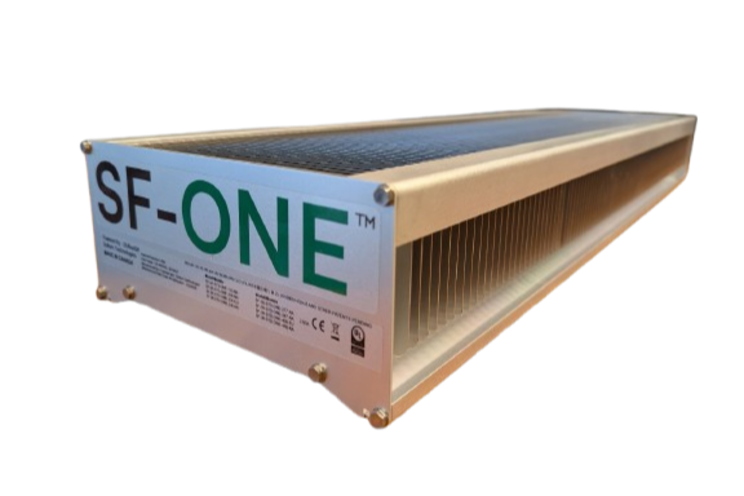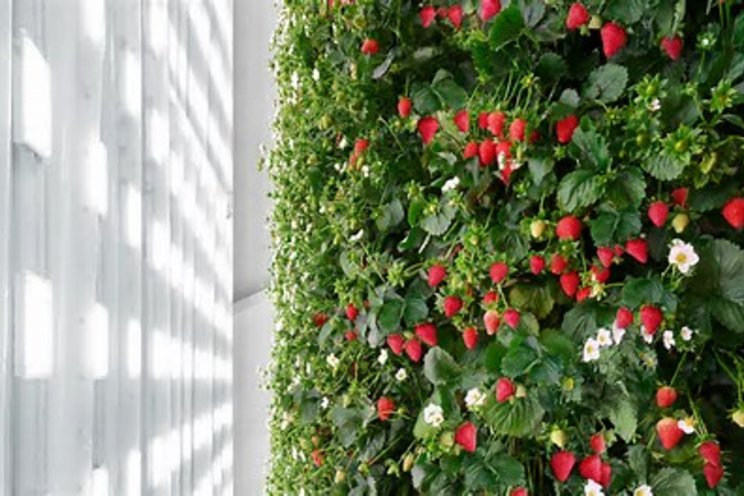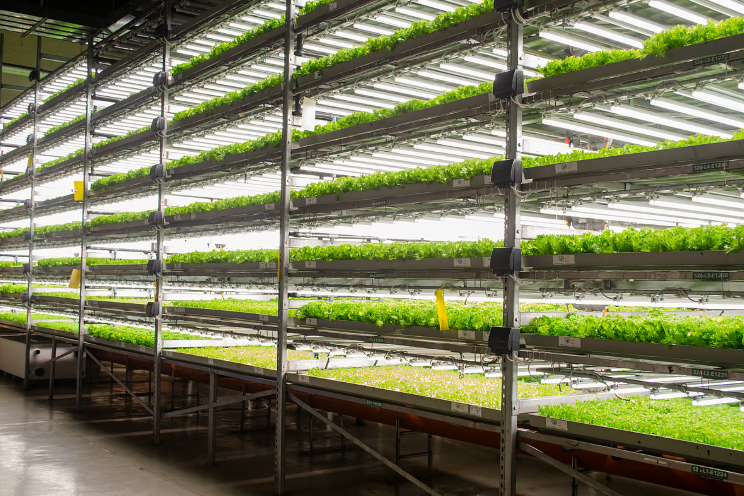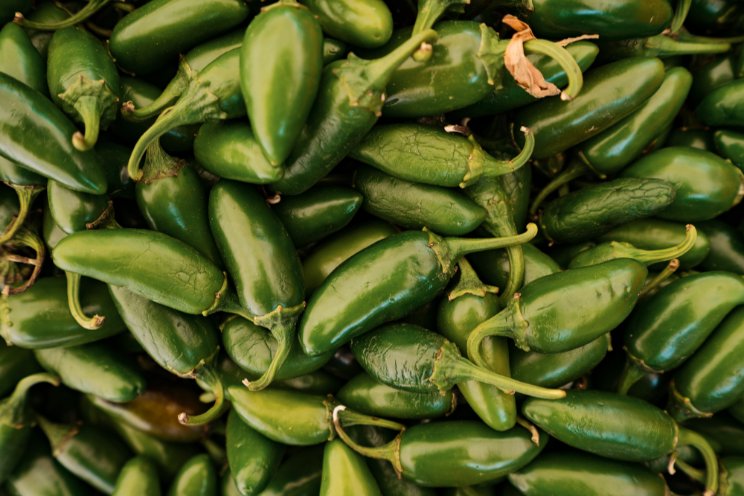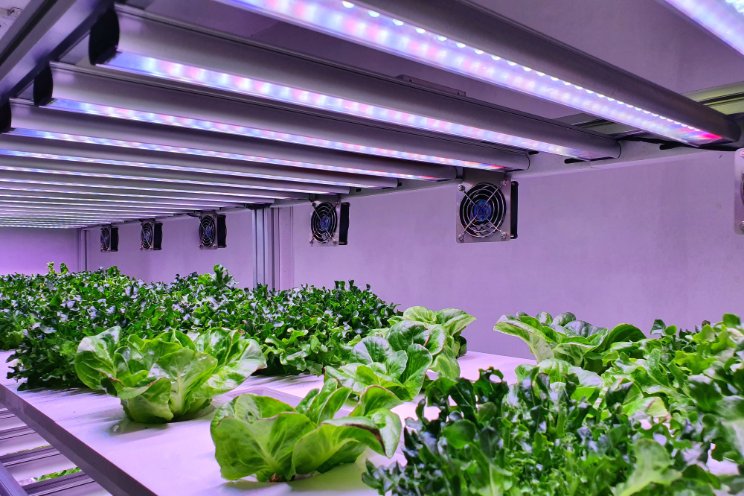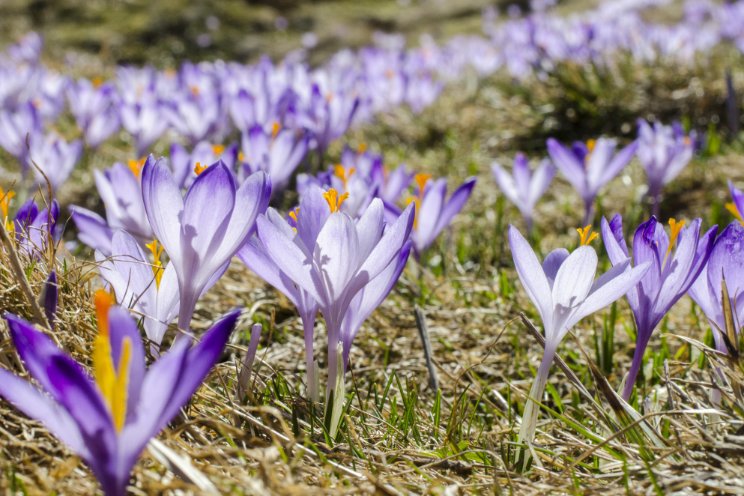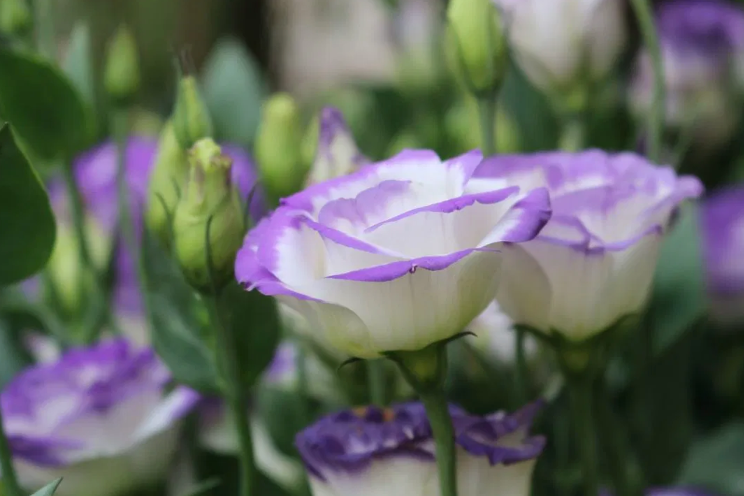Greenhouse lighting for long days
Added on 02 November 2022
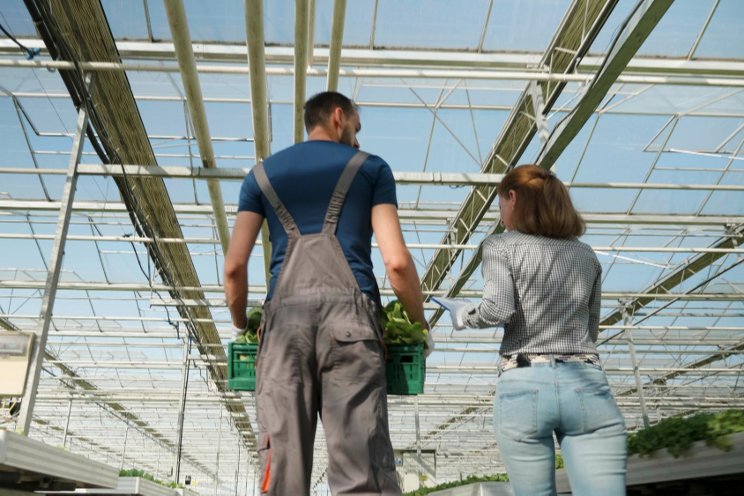
What Is a “Long” Day?
What is considered a “long” day? The answer is, “It depends.” The difference between a long and short day is based on the critical photoperiod, which varies among species. For plants with a short-day photoperiodic flowering response, the critical photoperiod is defined as the photoperiod at or below which flowering occurs. Alternatively, for plants with a long-day photoperiodic flowering response, the critical photoperiod is the photoperiod at or above which flowering occurs.
There is a tendency to think of days longer than 12 hours as long and days shorter than 12 hours as short. While some popular flowering potted plant species such as poinsettia and kalanchoe (both short-day plants) have critical photoperiods around 12 or 12.5 hours, there is much more variation across short- and long-day plants. For instance, there are some short-day plants where 14 hours is considered a short-day and will induce flowering, while that same 14-hour day may also be considered long for some long-day plants and will induce flowering.
Lighting for Long-Day Growing
When the days are naturally short, the only way to create long days in the greenhouse is to use day-extension or night-interruption lighting. Day-extension is the creation of long-day conditions by using lighting to extend the day or photoperiod. While it may be more traditional to start lighting at the end of the day, extending the day into the evening, lighting can also be used before sunrise to extend the day. How lights need to operate depends on the specific crop. It goes back to the concept of critical daylengths, and lights need to operate long enough to create a photoperiod sufficiently long to inhibit short-day responses or promote long-day responses. Since critical photoperiods can vary widely, it is common to use 16 hours as a target daylength, as this is going to be a “long day” for most greenhouse crops.
Image by DCStudio on Freepik
More news
